In a world first, University of Sydney researchers have identified the cause of hydrogen embrittlement in steels. The discovery is described as one of the missing pieces of the hydrogen economy puzzle, paving the way for steel tanks and pipelines to play a vital role in the distribution and storage of this ubiquitous element.
Hydrogen embrittlement refers to the process by which certain metals become susceptible to early fracture due to the absorption of hydrogen. In the case of steel, hydrogen is making the metal brittle leading to catastrophic failures. However, comprehending the behavior of hydrogen in steel and other alloys has been limited due to the difficulty of observing tiny, light and mobile hydrogen atoms.
The University of Sydney scientists have tackled the challenge of identifying the exact location of hydrogen atoms in two common steels using a sophisticated imaging technique called cryo-transfer atom probe tomography. Working in partnership with CITIC Metal, the researchers were able to directly observe hydrogen at microstructures in steels and show that hydrogen is pinned to various interfaces in the steels thanks to Microscopy Australia’s state-of-the-art custom-designed cryogenic atom probe microscope.
The research, published in the journal Science, showed hydrogen accumulates inside the carbon-rich dislocations and grain boundaries separating steel crystals. This accumulation weakens the steel along these features, leading to embrittlement.
In another breakthrough, the researchers have found the first evidence that preventing steel embrittlement is possible. They found that clusters of niobium carbide within the steel trap hydrogen in such a way that it cannot readily move to the dislocations and crystal boundaries. This effect has the potential to be used to design steels that can resist embrittlement.
Lead researcher Yi-Sheng Chen from the Australian Centre for Microscopy and Microanalysis and Faculty of Engineering at the University of Sydney said these findings were an important step to finding a safe solution to produce, store and transport hydrogen.
“These findings are vital for designing embrittlement-resistant steel; the carbides offer a solution to ensuring high-strength steels are not prone to early fracture and reduced toughness in the presence of hydrogen,” Chen said.
This content is protected by copyright and may not be reused. If you want to cooperate with us and would like to reuse some of our content, please contact: editors@pv-magazine.com.
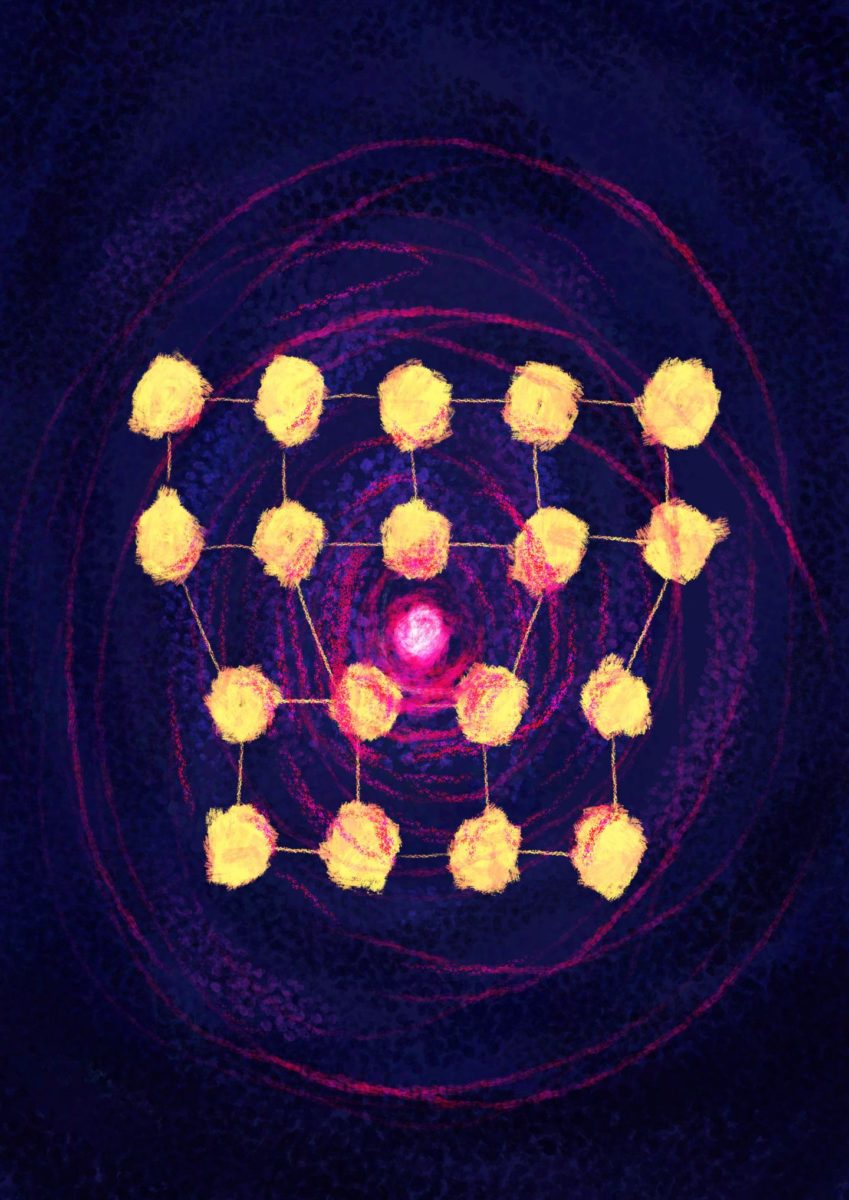
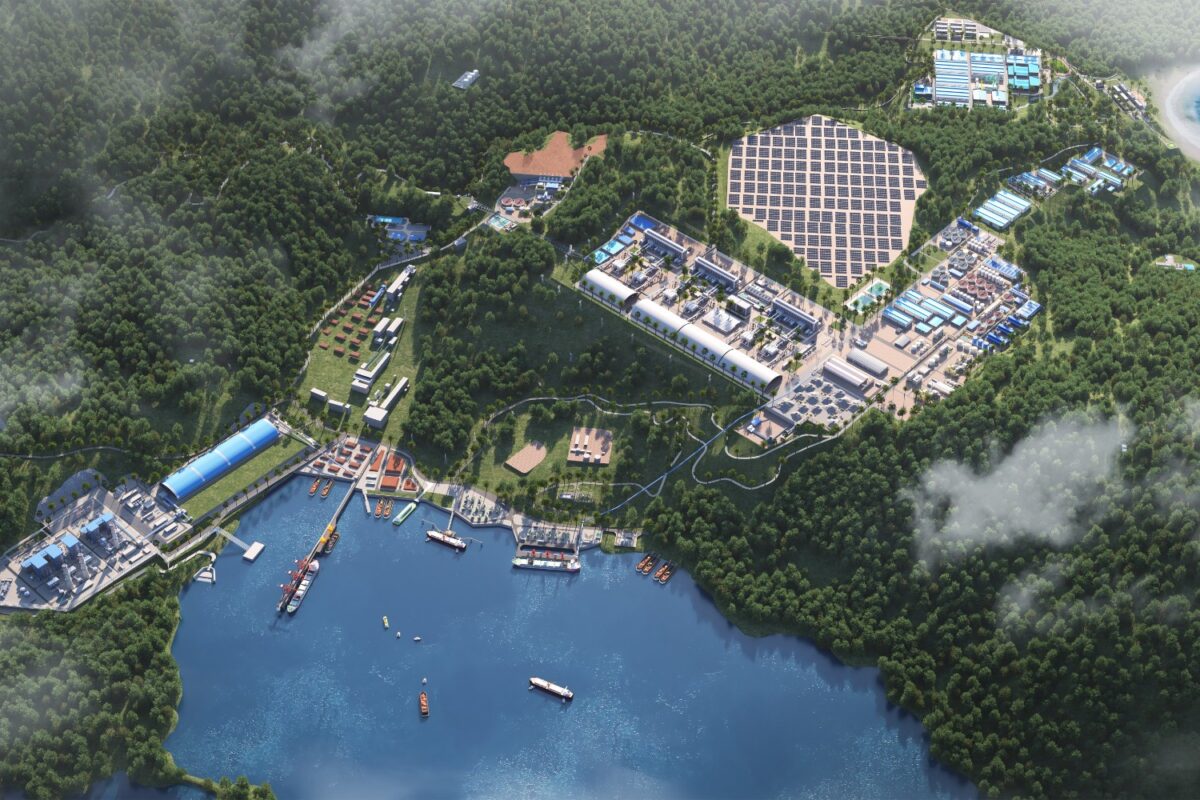


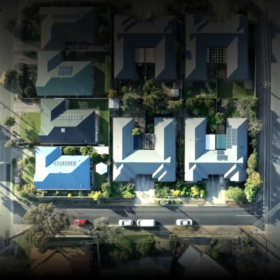
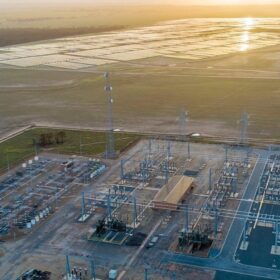
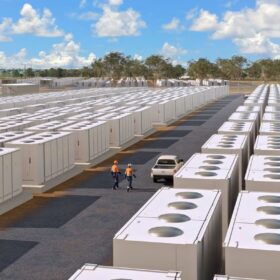
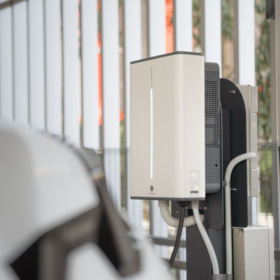

By submitting this form you agree to pv magazine using your data for the purposes of publishing your comment.
Your personal data will only be disclosed or otherwise transmitted to third parties for the purposes of spam filtering or if this is necessary for technical maintenance of the website. Any other transfer to third parties will not take place unless this is justified on the basis of applicable data protection regulations or if pv magazine is legally obliged to do so.
You may revoke this consent at any time with effect for the future, in which case your personal data will be deleted immediately. Otherwise, your data will be deleted if pv magazine has processed your request or the purpose of data storage is fulfilled.
Further information on data privacy can be found in our Data Protection Policy.